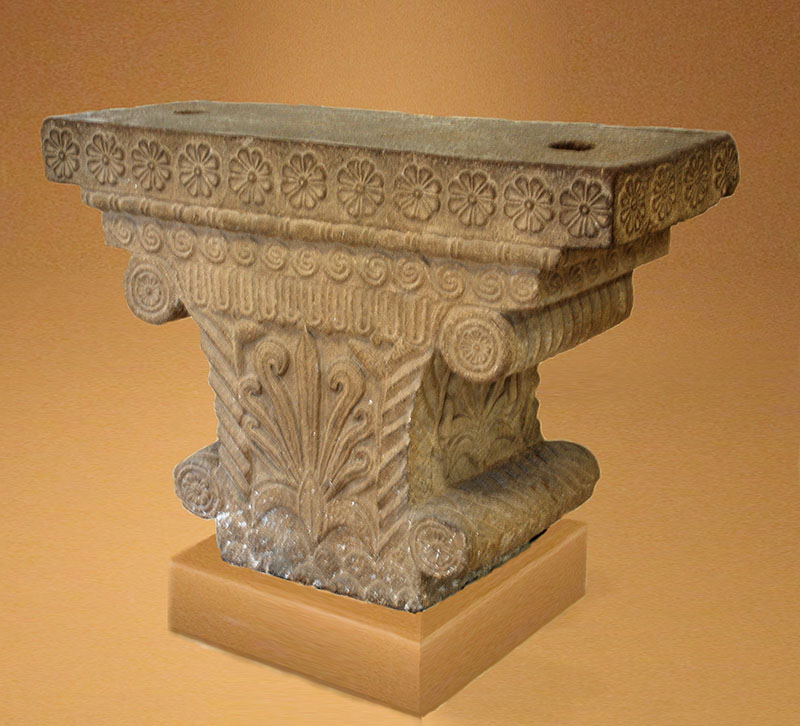Mask of Vaikuntha Vishnu, late 5th century. Learn more about 5th century masks
Designed by 

First major South Asian empire, covering, at its height, a vast majority of the Indian subcontinent. Founded around 320 BCE by Chandragupta Maurya with its capital in Pataliputra in the Magadha region (present-day Patna, Bihar), it reached its peak under Chandragupta’s grandson Ashoka (r. 262–238 BCE) and declined by 185 BCE. Mauryan innovations in military and political administration fostered productivity in settled agriculture, widespread trade, and the development of infrastructure. Art and architecture flourished: Mauryan monuments are among the oldest extant specimens of stone sculpture from the subcontinent. Maurya kings generally favoured the non-Vedic heterodox (sramana) sects — Buddhism, Janinism and Ajivikism — however, the period was characterised by the spread of the Brahmanical caste system, especially in the Gangetic valley. The name ‘Maurya’ may derive from the clan name ‘Moriya’; notably, it was likely not used by the Maurya kings themselves.